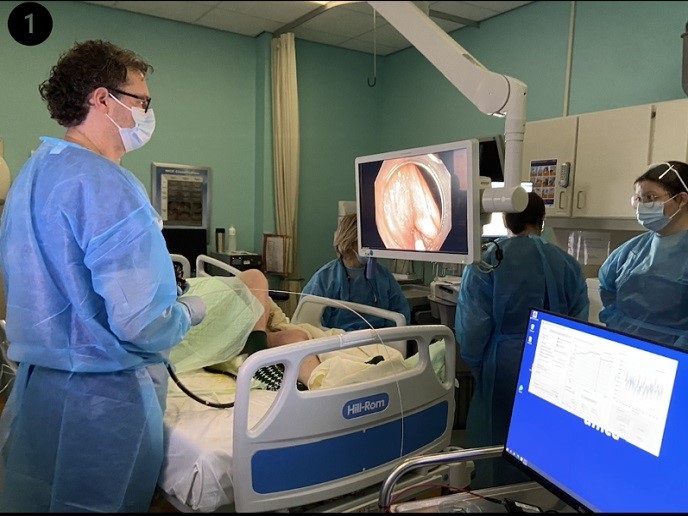Chemically synthesising natural products
Organic compounds and biological molecules are mainly composed of carbon (C), hydrogen (H) and oxygen (O). The C-H bond is one of the commonest encountered in nature but it is unreactive. Many methods have been developed for bond activation or cleavage with the most common involving transition metal catalysis. Synthetic chemists are working hard to design and synthesise new reagents and catalysts that can affect the activation of the C-H bond. Scientists on the EU-funded 'New synthetic reactions for antitumour natural products' (NSR-ANP) project worked on a similar methodology. Using the amine functional group they successfully activated C-H bonds, especially in methyl groups. Investigation into the mechanism revealed the formation of an intermediate cyclic compound, which enabled the addition of a CO group without the need for an external group. This new reaction opens up new avenues for exploiting C-H bonds in synthetic chemistry. The NSR-ANP study developed this synthetic platform to synthesise natural compounds such as the pyrazole alkaloids — newbouldine and withasomnine. Application of the synthetic platform could be extended for editing substances encountered in nature for use as anticancer agents.







